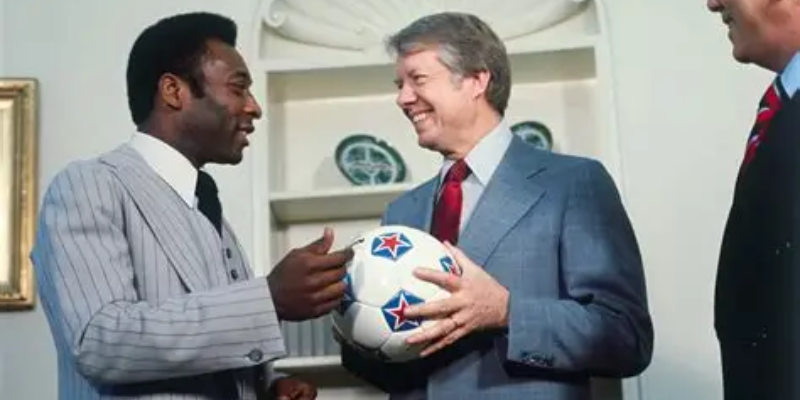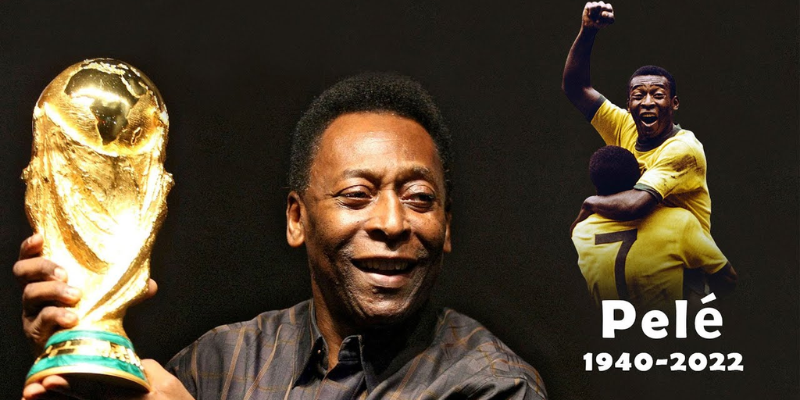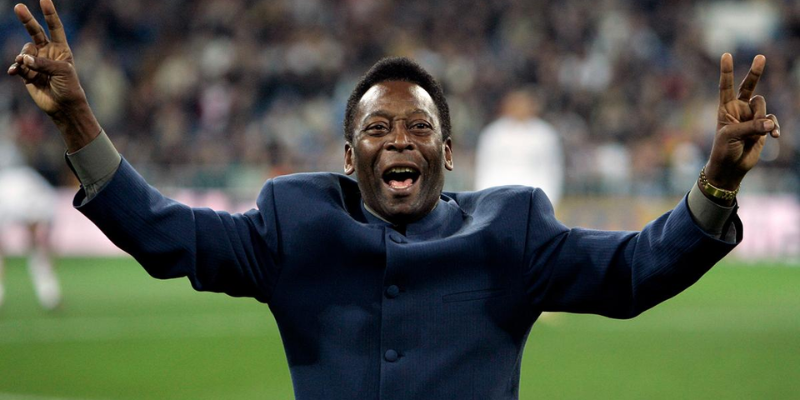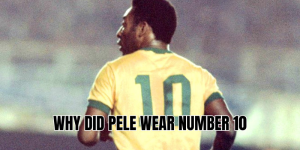From dazzling dribbles to jaw-dropping free kicks, why did Pelé retire from football has been a question on every fan’s lips. In short: by 1977, Pelé felt his body, career path, and personal priorities had all reached a point where continuing at the highest level no longer made sense. Age, wear and tear, shifting ambitions, and a perfect farewell lined up — together they closed the chapter on one of the greatest careers in football history. FreeKickSEO breaks down the full story behind Pelé’s retirement, its timing, and its legacy.
The build-up:, Pelé’s departure.

- International retirement in 1971: Pelé stopped playing for Brazil in 1971 after a long tenure with the national team. He had already won three World Cups by then (1958, 1962, 1970) and the toll of international travel and expectations weighed heavily.
- Retirement from Santos in 1974: At Santos FC — the club he had played for since adolescence — Pelé gradually stepped back, retiring in 1974.
- New York Cosmos chapter: After a brief semi-retirement, Pelé joined the New York Cosmos in 1975. This move wasn’t just about competition — it was also about spreading football’s popularity, embracing new opportunities, and managing the final stretch of his playing days with less of the grueling pressure of earlier years.
Key reasons behind retiring: age, physical limits, and changing horizons

Even the greatest have limits. Pelé was no exception. Here are the primary forces that pushed him to retire:
- Age and declining physical performance
- By the late 1970s, Pelé was in his mid-30s — an age when many forwards begin to lose pace, agility, and recovery speed. Injuries that were once manageable became more taxing. His body simply couldn’t maintain the same level of exertion day in, day out.
- Injuries and wear & tear
- Over two decades of top-level football, including massive travel, physical duels, and heavy match loads, left Pelé with persistent physical issues. While specific injuries are not always widely documented in sensational detail, the cumulative effect of knocks, surgeries, and reduced recovery ability played its part.
- Desire for a graceful exit
- Pelé had already achieved nearly everything — multiple World Cups, countless awards, legendary status. Continuing beyond a certain point risked diminishing the legend. By choosing when to retire, he preserved his legacy. His farewell match in 1977 was staged in emotionally powerful fashion: an exhibition between his last club, the New York Cosmos, and his old club, Santos.
- Personal life and changing priorities
- As with many players of his stature, the demands of life off the pitch — family, global ambassadorship, charitable work — started to matter more. The continual travel, training, and pressure were harder to balance. Pelé’s later years show increasing involvement in non-playing roles.
- Financial and promotional opportunities
- Especially with New York Cosmos, Pelé had opportunities beyond pure competition — promoting football in America, endorsements, helping grow a league. His contract with Cosmos was lucrative, and part of the decision to play there (even toward the end) was tied to different kinds of rewards and lifestyle.
The final curtain: When and how Pelé officially retired

The moment everyone remembers:
- Official retirement date: October 1, 1977. That day Pelé played his final match — a farewell exhibition between New York Cosmos and Santos. He played a half for each side, scoring one last unforgettable goal via a 30-yard free kick for the Cosmos.
- Crowd and atmosphere: Giants Stadium in New Jersey was packed with fans, dignitaries, fellow athletes. Pelé used the moment not just to say goodbye, but to send a message about love, youth, and the future of the game. His No.10 jersey was retired by the Cosmos; the Santos jersey was honored back in Brazil.
Why his retirement mattered — more than just an end point
Pelé’s exit from active play wasn’t just a personal milestone. It rippled across football culture:
- Legacy solidified: Because he chose when to retire (not forced only by injury or lack of offers), Pelé’s legend remains clean, admired. Fans remember him at a peak.
- Rise of soccer in the USA: His years with the Cosmos helped lift awareness, attendance, infrastructure, and expectations for soccer in America. His exit left a void but also laid groundwork.
- Inspiration for later stars: Many players who came after cite Pelé’s handling of the end of his career — graceful, meaningful, full of honor — as a template.
Conclusion
Why did Pelé retire from football? Because time, the human body, and a shifting set of priorities all converged. By 1977, Pelé had already conquered every major frontier: World Cups, club glory, global fame. The wear and tear of a lifetime at the top, the desire to exit on his own terms, and the pull of life beyond football made retirement inevitable — and in many ways, inevitable at its most dignified.
For fans, historians, and aspiring players, Pelé’s retirement is more than just the end of matches. It’s a case study in knowing when enough is enough — and choosing to leave behind a legacy rather than lingering into decline.
If you found this breakdown helpful, FreeKickSEO invites you to explore more on Pelé’s legacy: check out his match-records, compare his stats with Messi/Ronaldo, or dive into the unforgettable goals that defined Pelé’s career. Want articles like these? Let us know what player or team you want to spotlight next.






